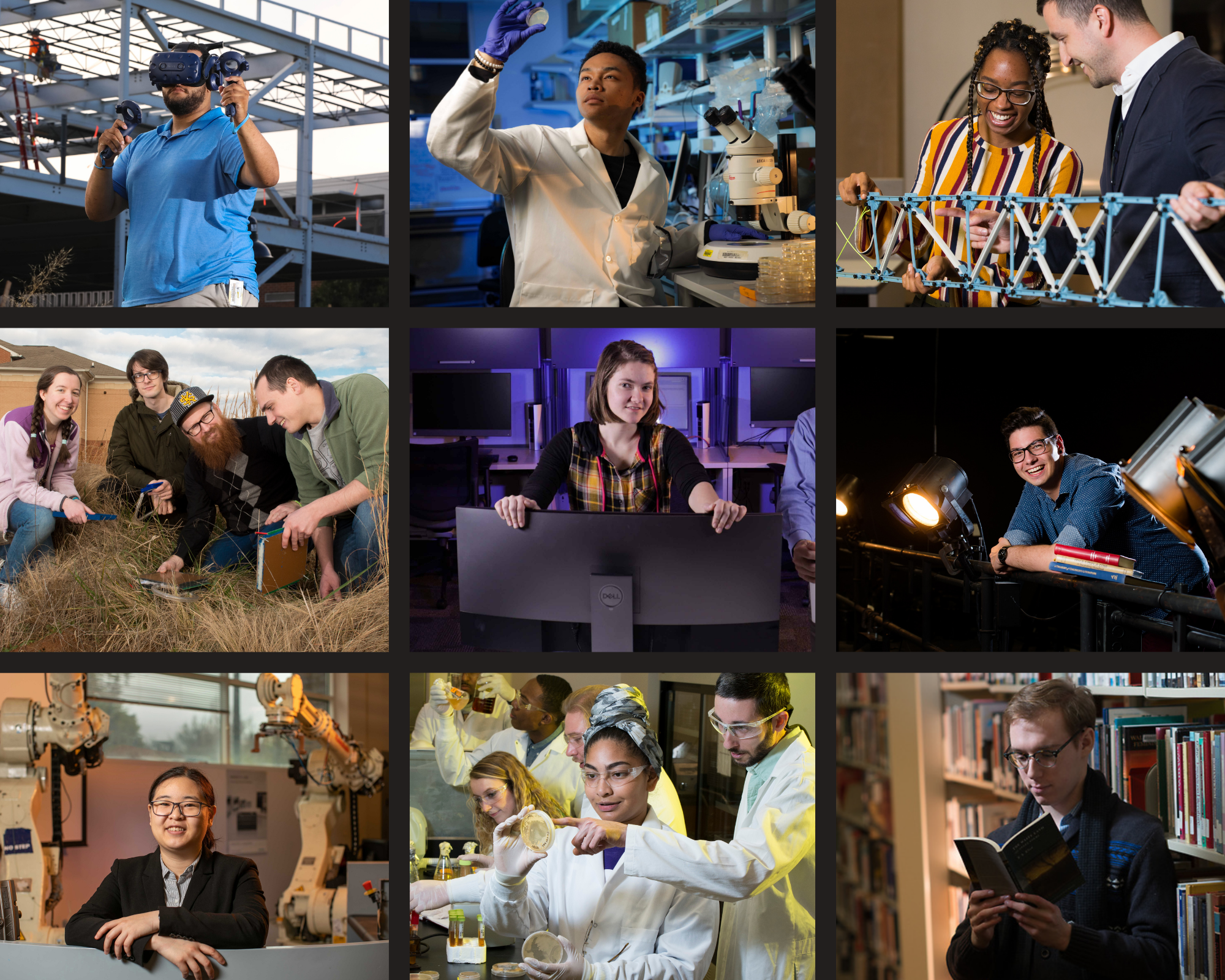Simulation of a Cosmic Ray Muon Detector
Disciplines
Elementary Particles and Fields and String Theory
Abstract (300 words maximum)
The Society of Physics Students at Kennesaw State University is working on designing portable cosmic ray muon detectors. The detectors consist of a series of small parallel-plate capacitors which operate at low voltage to detect ionization currents in ambient air, in order to be robust enough for a variety of outdoor muography applications. The detectors have been tested in the laboratory and are able to observe the direct ionization currents from 0.9 microcurie alpha and beta sources without any additional amplification. In addition to laboratory testing the detectors have been simulated in GEANT4, a C++ HEP toolkit developed by CERN, to ensure a better understanding of the signal and help increase the sensitivity. The detector simulation consists of detector construction identical to the physical model, various run parameters to test different applications, and data collection for comparisons. This talk will focus on both the running of the GEANT4 simulation itself and its results on the detectors.
Academic department under which the project should be listed
CSM - Physics
Primary Investigator (PI) Name
David Joffe
Simulation of a Cosmic Ray Muon Detector
The Society of Physics Students at Kennesaw State University is working on designing portable cosmic ray muon detectors. The detectors consist of a series of small parallel-plate capacitors which operate at low voltage to detect ionization currents in ambient air, in order to be robust enough for a variety of outdoor muography applications. The detectors have been tested in the laboratory and are able to observe the direct ionization currents from 0.9 microcurie alpha and beta sources without any additional amplification. In addition to laboratory testing the detectors have been simulated in GEANT4, a C++ HEP toolkit developed by CERN, to ensure a better understanding of the signal and help increase the sensitivity. The detector simulation consists of detector construction identical to the physical model, various run parameters to test different applications, and data collection for comparisons. This talk will focus on both the running of the GEANT4 simulation itself and its results on the detectors.

